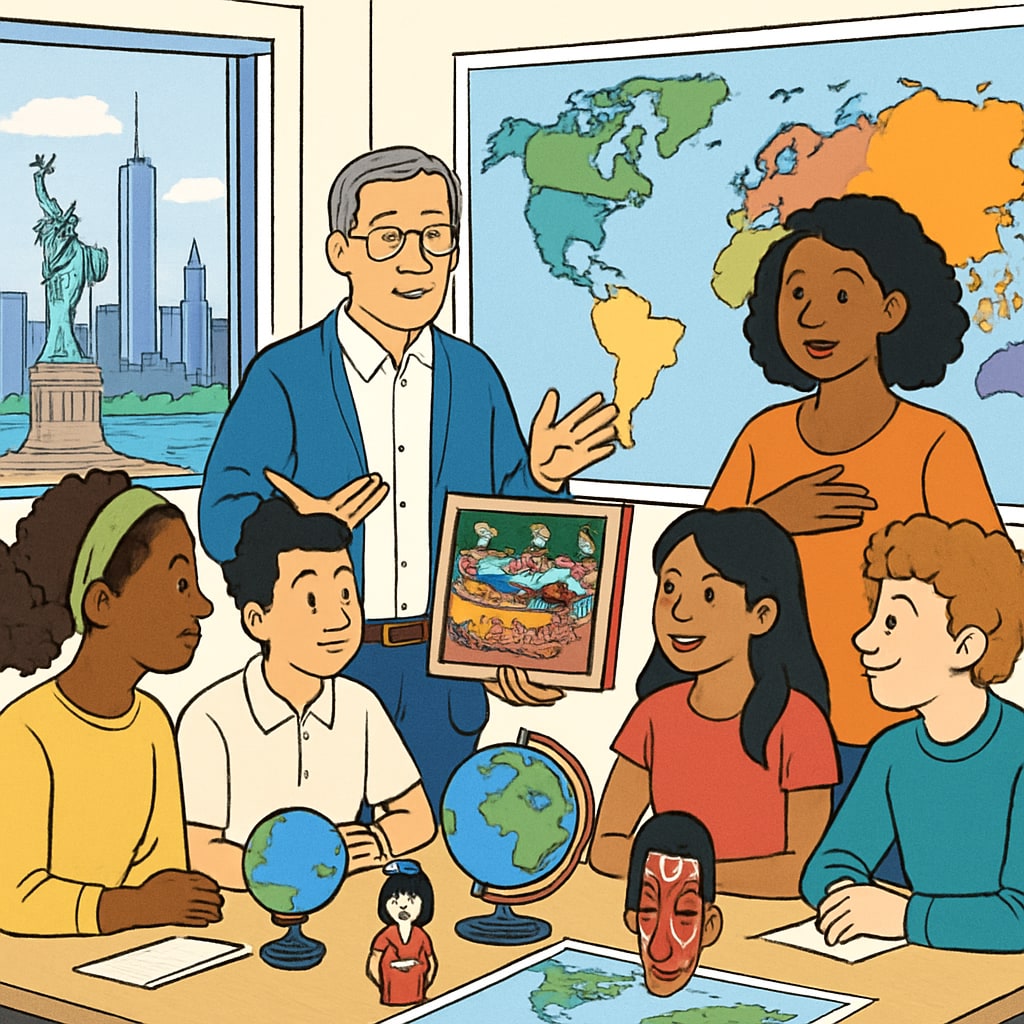For international students navigating life and work in the United States, understanding the cultural nuances of this diverse country is essential. Adult education programs focused on cultural adaptation and foundational knowledge can play a pivotal role in bridging the gap between unfamiliar traditions and professional success. In bustling metropolitan areas like New York City, such resources are invaluable for fostering integration and building confidence in both social and professional settings.
Why Cultural Adaptation Matters for International Students
Adapting to a new culture can be an overwhelming experience. International students often encounter differences in communication styles, social norms, and even classroom etiquette. For example, American education encourages open discussions and critical thinking, which may differ from more hierarchical systems in other countries. As a result, cultural adaptation is not only about learning practices but also understanding the underlying values that drive them.
To ease this transition, educational resources tailored to adult learners focus on bridging cultural gaps. These programs provide tools to navigate professional environments, enhance interpersonal skills, and integrate into local communities. For instance, courses on American history or business etiquette can offer insights into societal expectations and workplace dynamics.

Finding Adult Education Programs in NYC
New York City offers a wealth of resources for international students seeking cultural education. Several institutions specialize in courses that combine language learning with cultural immersion, ensuring students gain practical knowledge applicable to their daily lives and professional careers. Below are some top resources:
- City University of New York (CUNY): CUNY offers adult education programs that blend English as a Second Language (ESL) courses with cultural training. These classes focus on workplace communication, interpersonal skills, and understanding American customs.
- New York Public Library (NYPL): The NYPL hosts free workshops and seminars for immigrants and international students, covering topics such as U.S. history, civic engagement, and career development.
- YMCA International Learning Center: This center provides cultural orientation and language programs tailored to newly arrived students. Their workshops often include role-playing exercises to practice real-world scenarios.
In addition to formal courses, students can benefit from community events and meet-ups that encourage cultural exchange. Platforms like Meetup often list events where locals and internationals bond over shared interests, further helping students integrate.

Tips for Maximizing Cultural Education Opportunities
While enrolling in cultural education programs is a great start, active engagement is key to making the most of these resources. Consider the following tips:
- Participate Actively: Engage in discussions, ask questions, and share your experiences. This helps you better understand cultural nuances and builds connections with peers.
- Immerse Yourself: Attend local cultural events, volunteer, and explore neighborhoods to experience authentic American life.
- Leverage Online Resources: Websites like Britannica’s American Culture Overview and Wikipedia’s U.S. Culture Page offer valuable insights into U.S. traditions and history.
- Build a Network: Connect with other international students and mentors who can offer advice and share their own adaptation stories.
By combining formal education with practical experiences, international students can develop a deeper understanding of American culture and thrive both personally and professionally.
Conclusion: The Path to Cultural Fluency
Adult education programs focused on cultural adaptation and foundational knowledge are indispensable for international students in New York City. These courses provide the tools needed to navigate the complexities of American society, from social interactions to workplace settings. By taking advantage of the rich resources NYC has to offer, students can effectively bridge cultural gaps and achieve their goals in a new environment.
For international students, cultural adaptation is not just about learning practices—it’s about embracing a new way of life. With the right resources and proactive effort, the transition becomes a rewarding journey of growth and self-discovery.
Readability guidance: Use short paragraphs and lists to summarize key points. Incorporate over 30% transitional phrases for smooth flow. Avoid excessive passive voice and long sentences to maintain readability.


